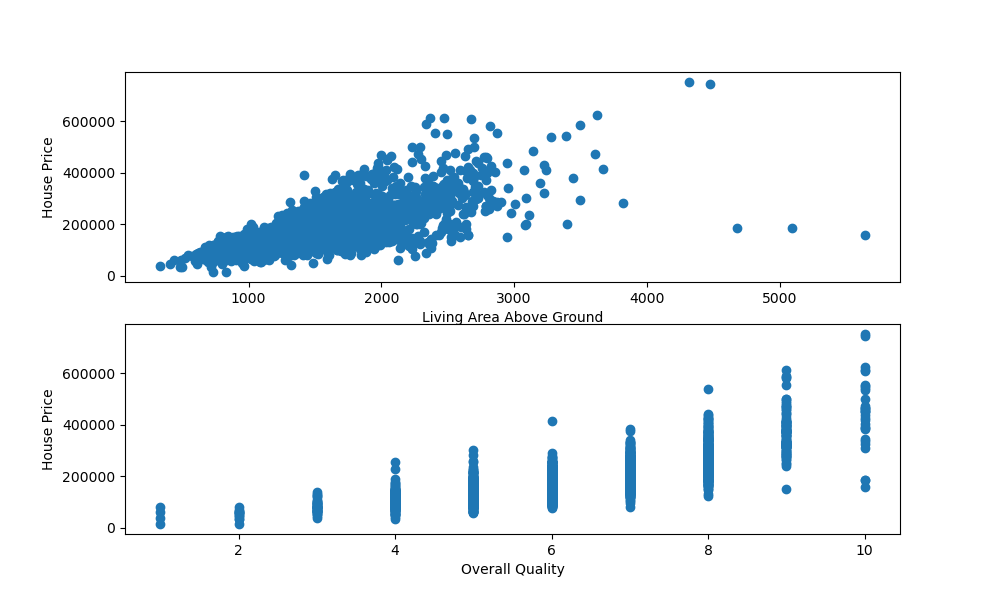
Let’s see what happens when we use our x array as our colors and use the 'Blues' colormap. You can find the various color maps that Matplotlib offers here. This allows us to create a gradient to show how the data moves forward. With sequential data, as we have in our example, we can pass in color maps. This allows us to either pass in a single color, in case we wanted to do keep the same color for all points, or an array of numbers to color based on value. In order to do this, we can use the c= parameter. This allows us to better understand the third dimension. Three dimensions can be quite difficult to visualize and adding color to this can be quite helpful.

It can be quite helpful to add color to a 3-dimensional plot. Finally, we showed the plot using plt.show()Ĭhanging Color of Points in 3D Scaterplots in Matplotlib.

We plotted a scatter3D plot on our axes, passing in the three arrays of data.We imported our libraries and created some variables containing data.Our axes will specify that we’ll want to project the data onto three dimensions, by passing in projection='3d'.įrom there, we can easily create a 3D scatterplot using the ax.scatter3D() function: # Creating out first 3D scatterplot in Matplotlib For this, we can use the following attributes: plt.title() to set the title plt.setxlabel() to set the x-axis label plt. Because the 3D scatterplots use Matplotlib under the hood, we can easily apply axis labels and titles to our charts. We’ll first set up our figure, fig, and axes, ax, to hold our visualization. Adding Titles and Axis Labels to 3D Scatterplots in Matplotlib. Let’s begin by importing our libraries and setting up some variables to plot. This allows us to easily project data onto a third dimension. In order to create 3D scatterplots in Matplotlib we can import some additional helper modules from Matplotlib. Adding Titles and Axis Labels to 3D Scatterplots in Matplotlib.ax.scatter3D () method is used to draw scatter plots in the 3D plane. After this, to get the origin of the 3D scatter plot we use the np.zeros () method.

Then we create a figure by using the figure () method.


 0 kommentar(er)
0 kommentar(er)
